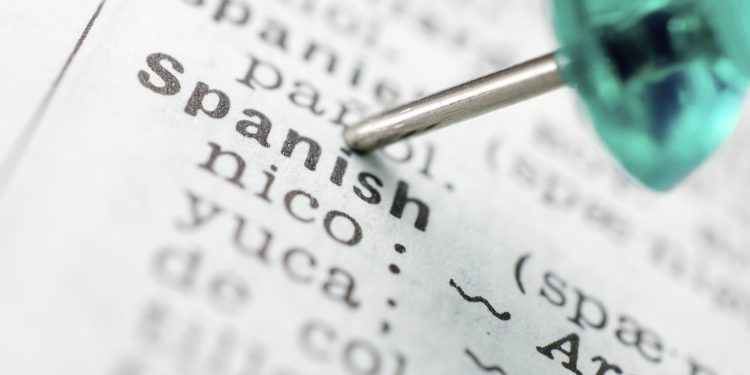Although foreigners from different parts of the world make different kinds of errors in pronunciation, it is almost invariably those made by English speakers that are the object of fun, most likely because Americans make up the majority of the foreign visitors and foreign residents in Mexico and because English is the defacto second language spoken across the country.
Infinitive verbs
When caricaturing the Anglo-Saxon Spanish accent, it’s also common to use all verbs in the infinitive. This is more comic than accurate. Even though errors of conjugation are frequent, very few foreigners use all verbs in this way. I once heard an American tourist say “puedemos iremos?” for “can we go?”; but even then, he clearly knew that you don’t just apply verbs in their raw state.
Minding the vowel sounds and gender
Some common mistakes made by English speakers are easily corrected. For example, many people pronounce the country’s currency as “PAY-soe” instead of “PEH-soh.” This is probably because some dictionaries and phrasebooks give this as an approximate pronunciation, since the ‘e’ in Spanish is slightly sharper in sound than the short ‘e’ in English. Nevertheless, the ‘e’ in Spanish is much closer to the ‘e’ in “red” than to the ‘a’ in “gate.” Also, the ‘o’ should be pronounced like the ‘o’ in “gone,” not the ‘o’ in “boat.”
Saying “la problema” rather than the correct “el problema” is another, quite easily remedied mistake.
Trilling the R’s
One real difficulty for some people is trilling the ‘r’, as difficult as it is for some native Spanish speakers to pronounce the ‘th’ in English.
Francophone Canadians who pronounce their r’s flat when speaking English, often revert to the guttural French ‘r’ sound when speaking Spanish or pronouncing a Spanish name.
- In Spanish, a single ‘r’ is trilled once, and the double-‘r’ twice;
- The single ‘r’ is also trilled twice at the beginning of a word, or after an l, n, or s — for example, “alrededor” (around), “enredar” (tangle);
- Some native speakers pronounce the letter’s name as a single r —”ere“— while others pronounce it double—”erre.” Both are acceptable.
Technique for Trilling Spanish R’s
The technique for trilling r’s is to vibrate the tip of your tongue on the back of your front teeth (or the palate around there). It takes some practice to be able to differentiate between a single trill, and a double trill (without going ape and turning the double-trill into a growl).
Not surprisingly, some Spanish tongue-twisters involve the letter ‘r’.
A well-known nonsense phrase is: “tres tristes tigres tragando trigo en un trigal” — three sad tigers scoffing wheat in a wheat field.
Another is “camarón, caramelo; caramelo camarón” (shrimp, candy; candy, shrimp). The idea is to repeat the phrase several times quickly without saying “caramón” or “camarelo.“
Mexico in your inbox
Our free newsletter about Mexico brings you a monthly round-up of recently published stories and opportunities, as well as gems from our archives.



